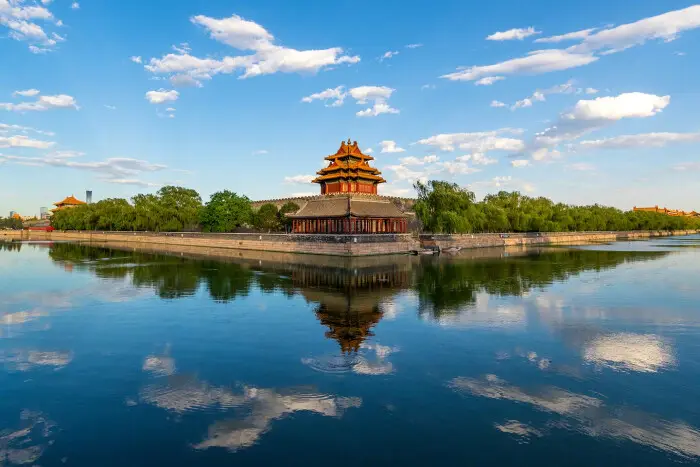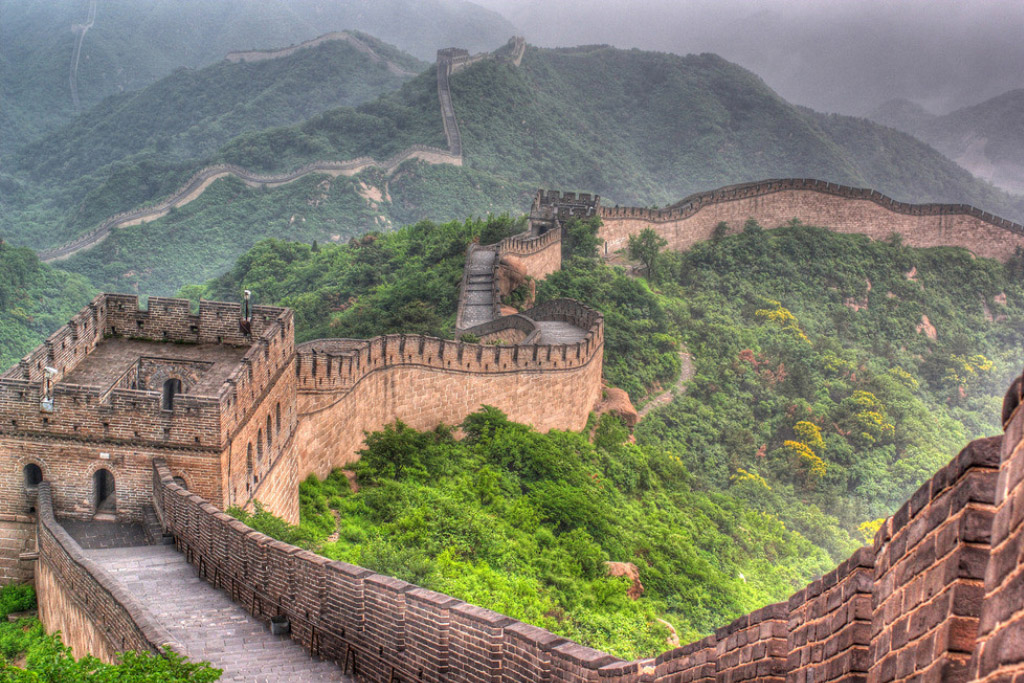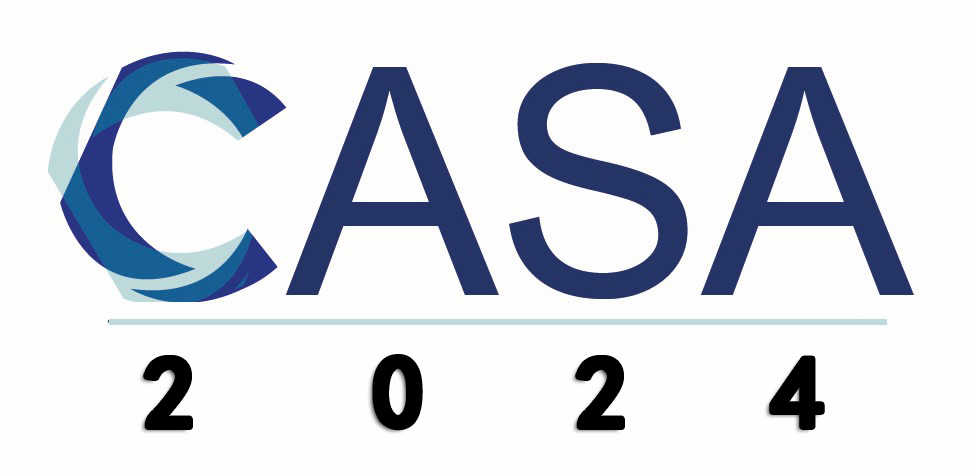About China
Geography
China is located in the eastern part of Asia, on the western coast of the Pacific Ocean. It stretches from the heart of the Heilongjiang River near Mohe in the north to Zengmu Ansha in the Nansha Islands in the south. Its western border begins at the Pamir Plateau and extends to the confluence of the Heilongjiang and Ussuri rivers in the east. With a land area of 9.6 million square kilometers, China shares a land border of over 20,000 kilometers.
China's territorial waters consist of the Bohai Sea (an inland sea), as well as the Yellow Sea, East China Sea, and South China Sea, forming its coastal boundaries. The total length of the coastline along the eastern and southern mainland is approximately 18,000 kilometers.
China shares a land border that stretches about 22,800 kilometers. It is bordered by North Korea to the east, Mongolia to the north, Russia to the northeast, Kazakhstan, Kyrgyzstan, and Tajikistan to the northwest, Afghanistan, Pakistan, India, Nepal, and Bhutan to the west and southwest, and Myanmar, Laos, and Vietnam to the south. In the east and southeast, it faces South Korea, Japan, the Philippines, Brunei, Malaysia, and Indonesia across the sea.
Demography
On January 17, 2023, the National Bureau of Statistics of China announced that the population of China at the end of 2022, including the population of 31 provinces, autonomous regions, and municipalities directly under the central government, as well as active-duty military personnel but excluding residents from Hong Kong, Macao, Taiwan, and foreign nationals residing in the 31 provinces, autonomous regions, and municipalities, reached 1,411.75 million people.
China officially recognizes 56 ethnic groups, including the Mongolian, Hui, Tibetan, Uyghur, Miao, Yi, Zhuang, Buyi, Korean, Manchu, Dong, Yao, Bai, Tujia, Hani, Kazakh, Dai, Li, Lisu, Va, She, Gaoshan, Lahu, Shui, Dongxiang, Naxi, Jingpo, Kirgiz, Tu, Daur, Mulao, Qiang, Blang, Sala, Maonan, Gelao, Xibe, Achang, Pumi, Tajik, Nu, Uzbek, Russian, Ewenki, De'ang, Bonan, Yugur, Jing, Tatar, Dulong, Oroqen, Hezhen, Menba, Lhoba, Jino, and Han ethnic groups.
In the Chinese ethnic family, the Han ethnic group has the largest population, accounting for over 90% of the total population of the country. The other 55 ethnic groups have smaller populations and are referred to as ethnic minorities.
History
From September 21 to September 30, 1949, the inaugural session of the Chinese People's Political Consultative Conference (CPPCC) was held in Beiping (now Beijing). On September 29, the conference adopted the "Common Program of the Chinese People's Political Consultative Conference," which had the nature of a provisional constitution, and the CPPCC was entrusted with the functions of the National People's Congress. On the afternoon of September 30, the inaugural session of the CPPCC produced the first National Committee of the CPPCC, electing Mao Zedong as the Chairman of the Central People's Government, with Zhu De, Liu Shaoqi, Soong Ching-ling, Li Jishen, Zhang Lan, and Gao Gang as Vice Chairmen, and 56 others as members of the Central People's Government.
On October 1, 1949, the founding ceremony of the People's Republic of China was held at Tiananmen Square in Beijing. Mao Zedong declared the establishment of the Central People's Government of the People's Republic of China from the rostrum of Tiananmen Gate, and the People's Republic of China was officially established.
On July 1, 1997, the People's Republic of China resumed sovereignty over Hong Kong, and on December 20, 1999, it resumed sovereignty over Macau. In 2001, China officially joined the World Trade Organization.
In November 2002, at the First Plenary Session of the 16th Central Committee of the Communist Party of China (CPC), Hu Jintao was elected as the General Secretary of the CPC Central Committee. In March 2003, at the First Session of the 10th National People's Congress, Hu Jintao was elected as the President of the country.
On August 8, 2008, the 29th Olympic Games opened in Beijing. In 2010, the Shanghai World Expo was successfully held. In 2011, China became the world's second-largest economy.
In November 2012, at the First Plenary Session of the 18th Central Committee of the Communist Party of China, Xi Jinping was elected as the General Secretary of the CPC Central Committee. In March 2013, at the First Session of the 12th National People's Congress, Xi Jinping was elected as the President of the country.
In October 2017, Xi Jinping proposed a new historical orientation for China's development in his report at the 19th National Congress of the Communist Party of China, stating that socialism with Chinese characteristics had entered a new era. In the same month, Xi Jinping was elected as the General Secretary of the CPC Central Committee at the First Plenary Session of the 19th Central Committee. In March 2018, at the First Session of the 13th National People's Congress, Xi Jinping was elected as the President of the country.
In October 2022, Xi Jinping was elected as the General Secretary of the CPC Central Committee at the First Plenary Session of the 20th Central Committee. In March 2023, at the First Session of the 14th National People's Congress, Xi Jinping was re-elected as the President of the country.
Places of historic interest and scenic beauty
The Palace Museum, also called the Forbidden City, is located in the center of Bejjing, The imperial palace used by emperors of the Ming and Qing Dynasties is the largest and most complete ancient wooden-structure building complex in the world, Construction of the Forbidden City started in 1406 and lasted 14 years, 24 emperors were enthroned there.

The Great Wall, located in northern China, is 6,700 kilometers long and thus known as the "10,000-i Great Wall", Construction of the wall went on for more than 2,000 years, from 7 th century to 14 th century AD, The wall has become a symbol of both Chinas proud historyand its present strength.

Qinshihuangs Mausoleum is located in Lintong District, 35 kilometers east of Xian, capital of Shaanxi Province, Construction ofthe mausoleum lasted 38 years and involved over 700,000 workers, Over the years, a total of 50,000 important cultural relics have been unearthed, In 1980, two bronze painted horse-drawn chariots were unearthed, They are the largest and most complete bronze chariots and horses discovered so far, In 1974, farmers who were digging a well about 1.5 kilometers east of Qinshihuangs Mausoleum discovered three vaults containing Qinshihuangs Buried Legion, The largest of the three vaults contains 6,000 life-size terra-cotta warriors and horses, The collection of warriors is often dubbed the" eighthwonder of the world".

Located in Huangshan City in southern Anhui Province, the scenic area of the Huangshan Mountain covers 154 square kilometers and is famous for its four wonders: strangely-shaped pines, grotesque rock formations, seas of clouds and hot springs, It also features a natural z00 and botanical garden.

